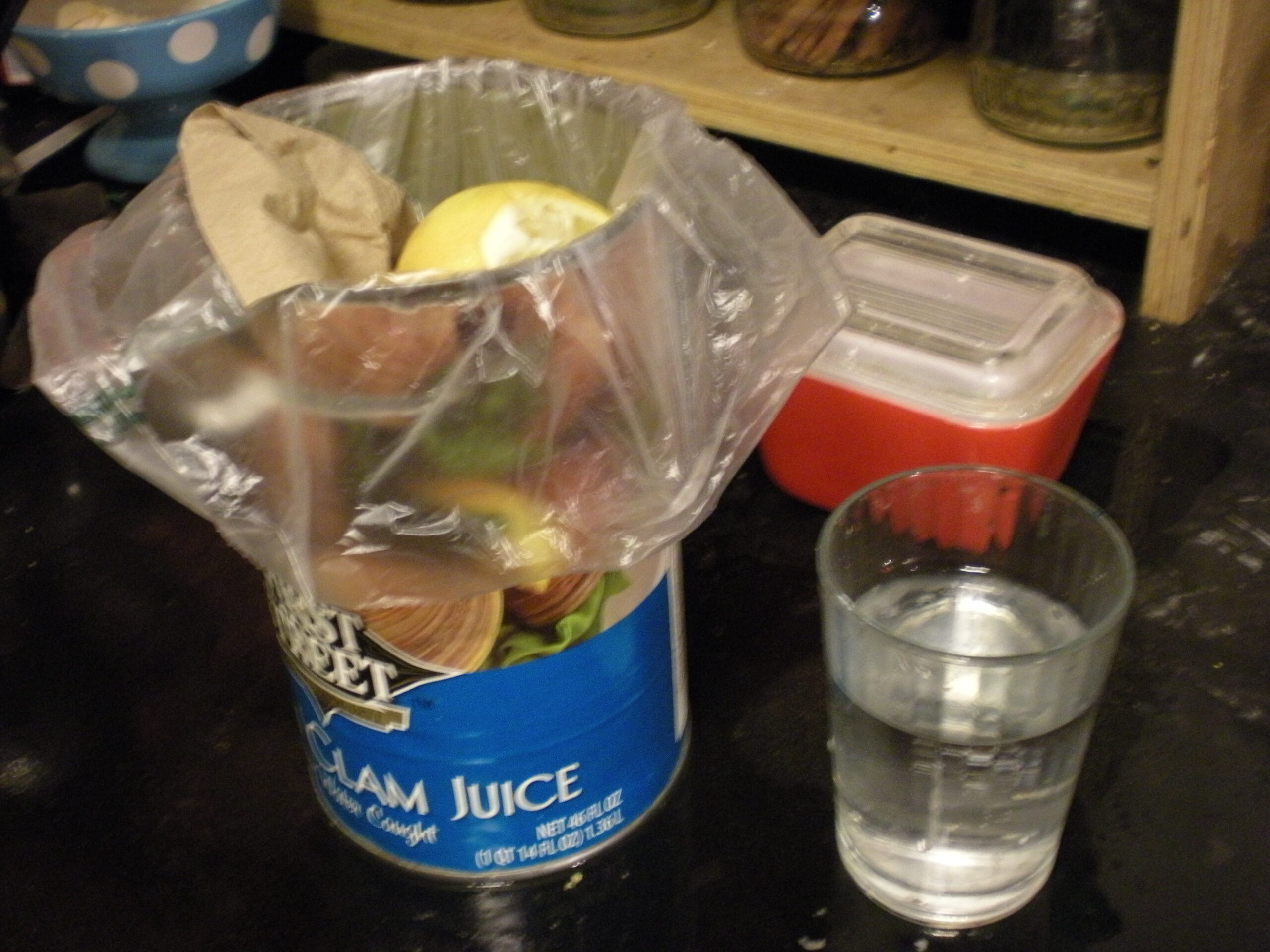UNITED STATES—In the Google Café you can grab all you want, it’s free and there’s no cashier. Google found itself in the position of altruistic parent wanting to wean their employees away from grabbing all the candy bars and selecting more fruit and healthier fare.
Google, being a wise parent, asked what they could do. After first taking down the flashing neon sign, EATS: All you can eat, Google settled on testing three types of interaction to foster better food choices.
1. Providing information to make healthier food choices. The rational and scientific blablabla why, spinach, say is better than a slurpee.
2. Limiting food choices only to “healthy” choices. Being a control freak, basically, and taking away the donuts and sweets and leaving only unflavored Greek yogurt and kale.
3. Subtly changing and manipulating the physical environment, playing with how healthy choices and less healthy choices are displayed and reducing plate size.
Guess what? This third technique called “nudging” was found to be most effective.
In its New York office Google displayed nuts and dried fruit in clear glass containers, while candies were placed in colored containers. Results: after seven weeks the 1500-some googlers (a nifty term for a worker) had avoided gaining a collective 885 pounds. Here there were still candy and freedom to enjoy the no-no, so they respected the love principal of offering what people like as well as what they ought to like.
Google was inspired to do this by a Harvard economics professor, David Laibson, who mathematically proved that cues in our surroundings contribute to consumption. They made candy less visible and harder to get at like anything in the top cupboard over my fridge.
“Get rid of big plates,” writes Laszlo Bock. In a chapter on nutrition in a new book “Work Rules,” with life-changing wisdom he’s gleaned as head of Google’s human resources, Bock recounts, in one café “we supplemented out standard twelve-inch plates with smaller nine-inch plates. We put up posters and placed informational cards on the café tables, referencing the research that people who ate of smaller plates on average consumed fewer calories but felt equally satiated.” A third of the workers started choosing the smaller places.
Consider too the 8 ounce cup tradition that has been handed down, rather than the Super Big Gulp. Limits are vital to pleasure and satisfaction.
We can learn a lot from Google, all, but let’s take it a few steps further. People who already have a clear aim to improve their shape should take even greater charge of their food preferences. When it comes to the stuff you prefer to avoid, apply the rule out of sight or not in the house at all.
The fact is you can hide the sweets but, sooner or later, they may become the bottle of booze in “Come Back Little Sheba,” avoided for months in a cupboard over the fridge and then guzzled in the throes of one savage binge.
Learn to modify not just plates and food placement, but the food serving itself. When indulging a treat, for example, like a muffin, why not cut it in half, eat one half and bag the other for later. These are advanced techniques to lighten up.
Observe the wisdom that small is beautiful, and you may be surprised to find it is broadly applicable in other arenas. After grocery stores in Los Angeles stopped giving away plastic bags, I got rid of my old trashcan. I found a 46-ounce can (Smart & Final’s clam juice) to be the perfect size to be line with plastic baggies from my vegetable purchases, and I am finding with a smaller garbage container, less garbage naturally accumulates. And I still have too many plastic baggies, they breed and proliferate, so I practice always throwing out a few as I go along. (Who needs that million plastic-baggie mound)?
Woohoo! Here we are, living under the Google Tree and only the daily rush rush and lack of ingenuity blind us to this superabundance that lies in front of us.
Humorist Graydon Miller is author of “Lighten Up Now,” available on Amazon.com. Mr. Miller may be reached at grady.miller@canyon-news.com.






